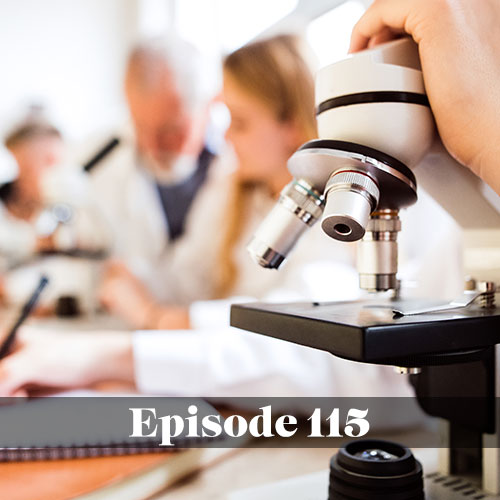Today’s show talks about how to run a meeting and build buy in/collaboration among stakeholders. Our guest is Dr. Jenny Hooie, from Dynamix, a company that works to help organizations improve their workflow and navigate change. With Jenny, Carole explores how school districts and school leaders can create the best opportunities to collaborate.
Talking, Discussing, and Dialogue
People know how to talk, but many find it difficult to communicate. There is a difference between dialogue and discussion. The majority of the time we are in discussion, not necessarily listening, but focusing on what we will say next. Dialogue on the other hand builds a group understanding of the task at hand. From that point people can move on to decision making.
How do you know if you NEED to meet
If the point is just to relay information, then a meeting isn’t necessary. There are other means to disseminate information. When you need to engage and collaborate, either to make a decision or develop professionally, then a meeting is necessary. Working through very specific strategies with leaders, Dynamix will help adjust how groups meet from the agenda to the way people communicate during the meetings. Agendas should generally cover up to five items, but no more.
Guiding Leadership
Teachers are required to meet in teacher based teams, and often there aren’t teacher leaders designated or administrators present. Teachers often feel these meetings lack purpose and it is difficult to be productive when there is no designated leader of the meeting. When conflict arises in these situations, it is best to have an outside facilitator who is not emotionally attached and neutral to the subject and group. Dr. Hooie and Dr. Fry have put together the Teacher Leader Survival Guide to help facilitate and guide people through both difficult and mundane issues that face groups.
Why Public Education?
Dr. Jenny Hooie believes that we have the ability to make such a huge difference in the lives of children, every single day. Dynamix has allowed her to be involved in change in rural, urban and suburban districts.






